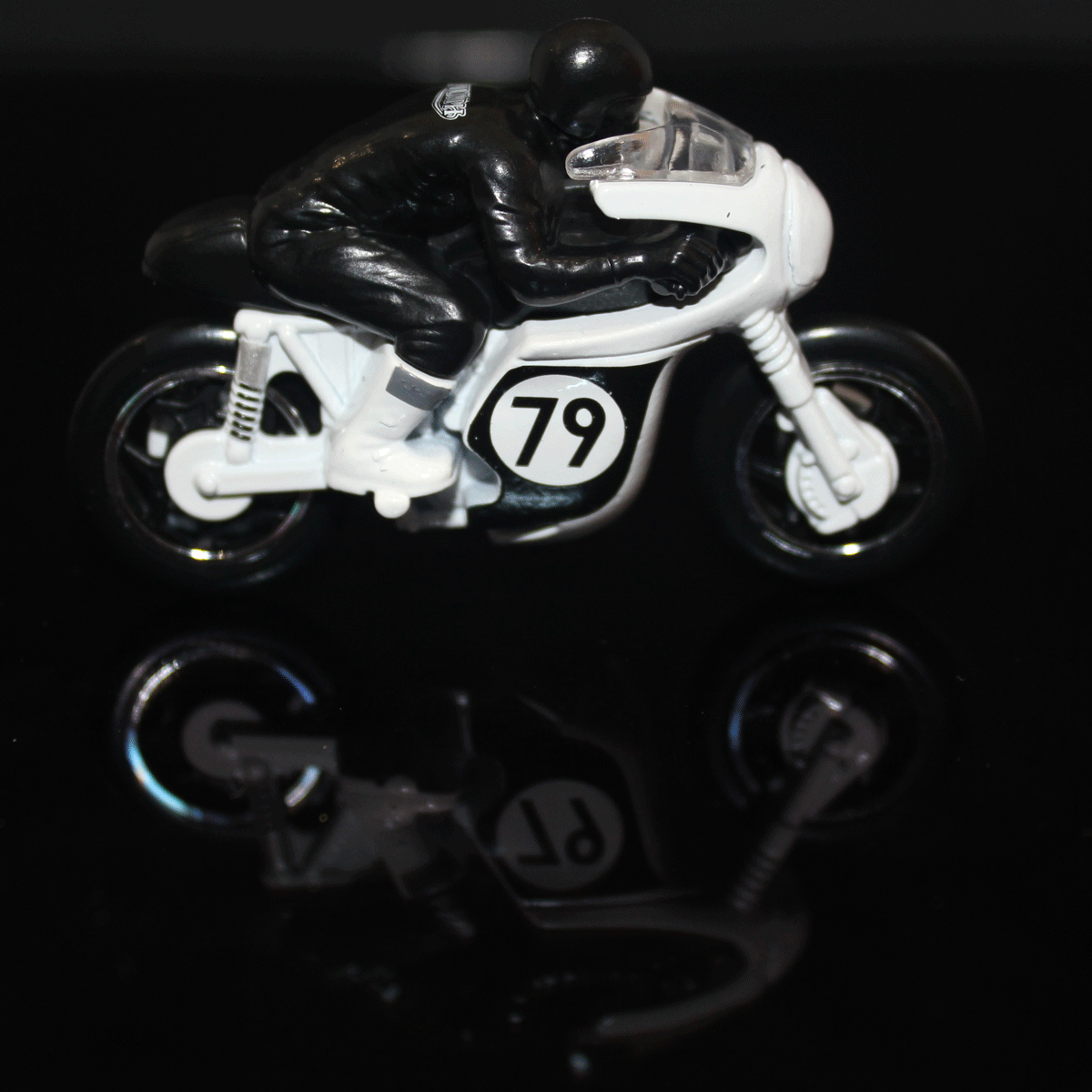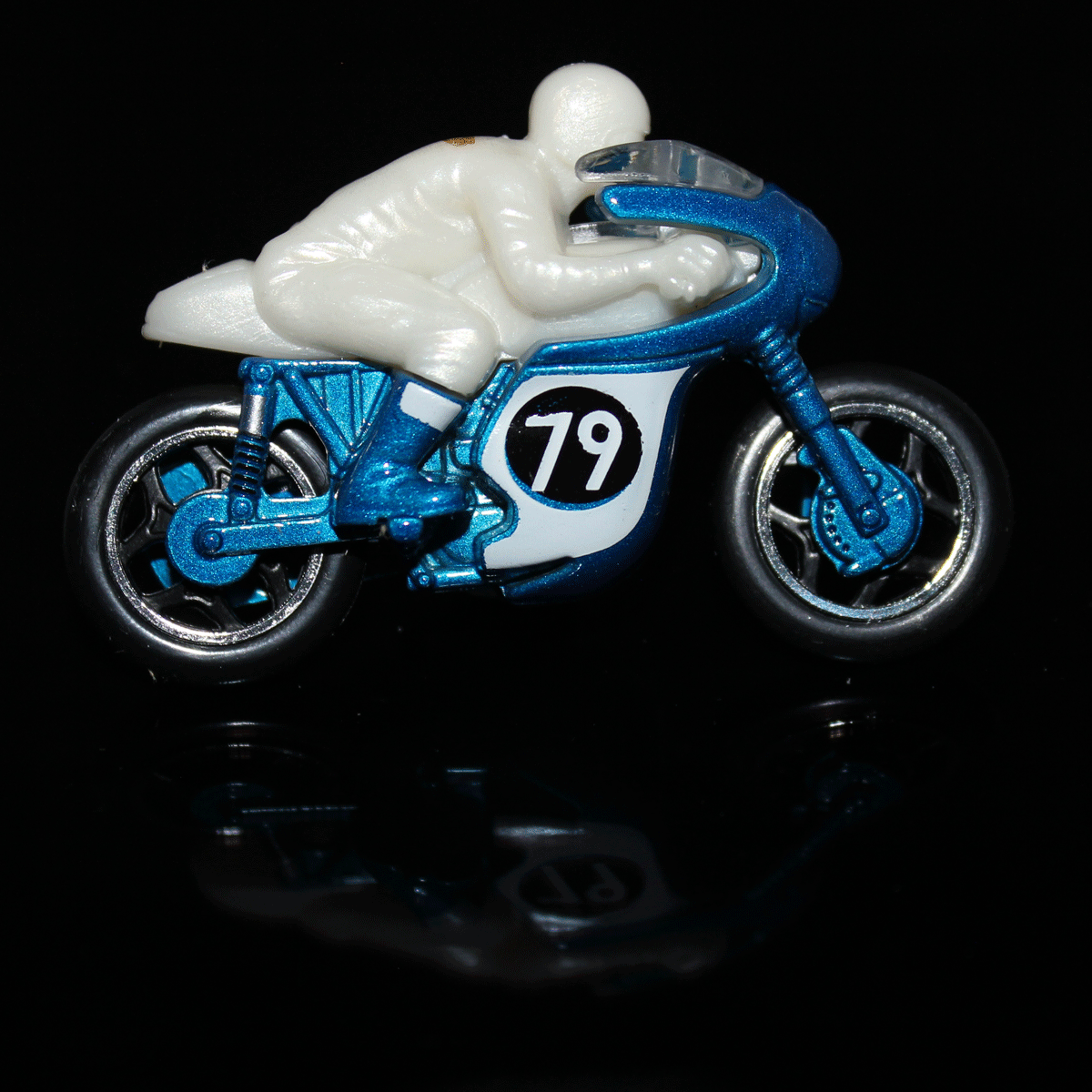

🔧 Why the Honda VFR750R (RC30)?
The Honda VFR750R, known by enthusiasts as the RC30, isn’t just any bike. Launched in the late 1980s as a road-legal homologation special for World Superbike racing, it was created for one purpose: to win. With its hand-built components, titanium connecting rods, gear-driven camshafts, and lightweight aluminium frame, the RC30 was way ahead of its time.
For Hot Wheels, bringing the RC30 to life in miniature form is about celebrating engineering excellence, motorsport heritage, and the passion that drives two-wheeled legends. It’s a nod to collectors who love real machines—not just fantasy.
🎨 Who Designed the Hot Wheels RC30 Model?
The RC30 model was designed by Dwayne Vance, a veteran Hot Wheels designer known for his authentic touch and love of motorbikes. Vance has previously worked on a number of Hot Wheels motorcycle castings and is respected for his ability to preserve the essence of the original bike while adapting it to Hot Wheels’ unique styling.
Vance’s design features the RC30’s signature single-sided swingarm, dual round headlights, and unmistakable racing silhouette—all scaled down with precision and care.
🏁 Who Designed the Original Honda RC30?
The original Honda RC30 was developed by Honda Racing Corporation (HRC), led by a team of engineers under the influence of Soichiro Honda’s legacy—that racing and innovation should always go hand in hand. The bike was created to meet homologation rules, meaning Honda had to sell a road-legal version in order to race it competitively. That version became the RC30, and it quickly became a legend—winning the first two World Superbike Championships in 1988 and 1989.
🧠 Why Model Real Motorbikes Instead of Designing Fantasy Ones?
Hot Wheels is known for its wild, creative, gravity-defying car designs—but in recent years, they've leaned more into real-world icons, especially in the realm of two wheels.
Here’s why:
Authenticity resonates: Collectors—young and old—crave real-world detail and connection to machines they admire or dream of owning.
Educational value: Real models spark curiosity about engineering, racing history, and motorcycle culture.
Celebrating heritage: Brands like Honda have played a huge role in shaping motorsport. Releasing a model like the RC30 preserves and celebrates that legacy.
Emotional connection: For many fans, these bikes aren’t just machines—they’re memories. Hot Wheels taps into that nostalgia.
🔥 Final Thoughts
The Hot Wheels Honda VFR750R (RC30) is more than a toy. It’s a tribute to one of the finest machines ever crafted on two wheels. With this model, Hot Wheels bridges the gap between die-cast fantasy and real-world motorsport glory—bringing history into the hands of collectors worldwide.
If you're lucky enough to get your hands on one, you're not just buying a model—you're owning a miniature piece of racing history.
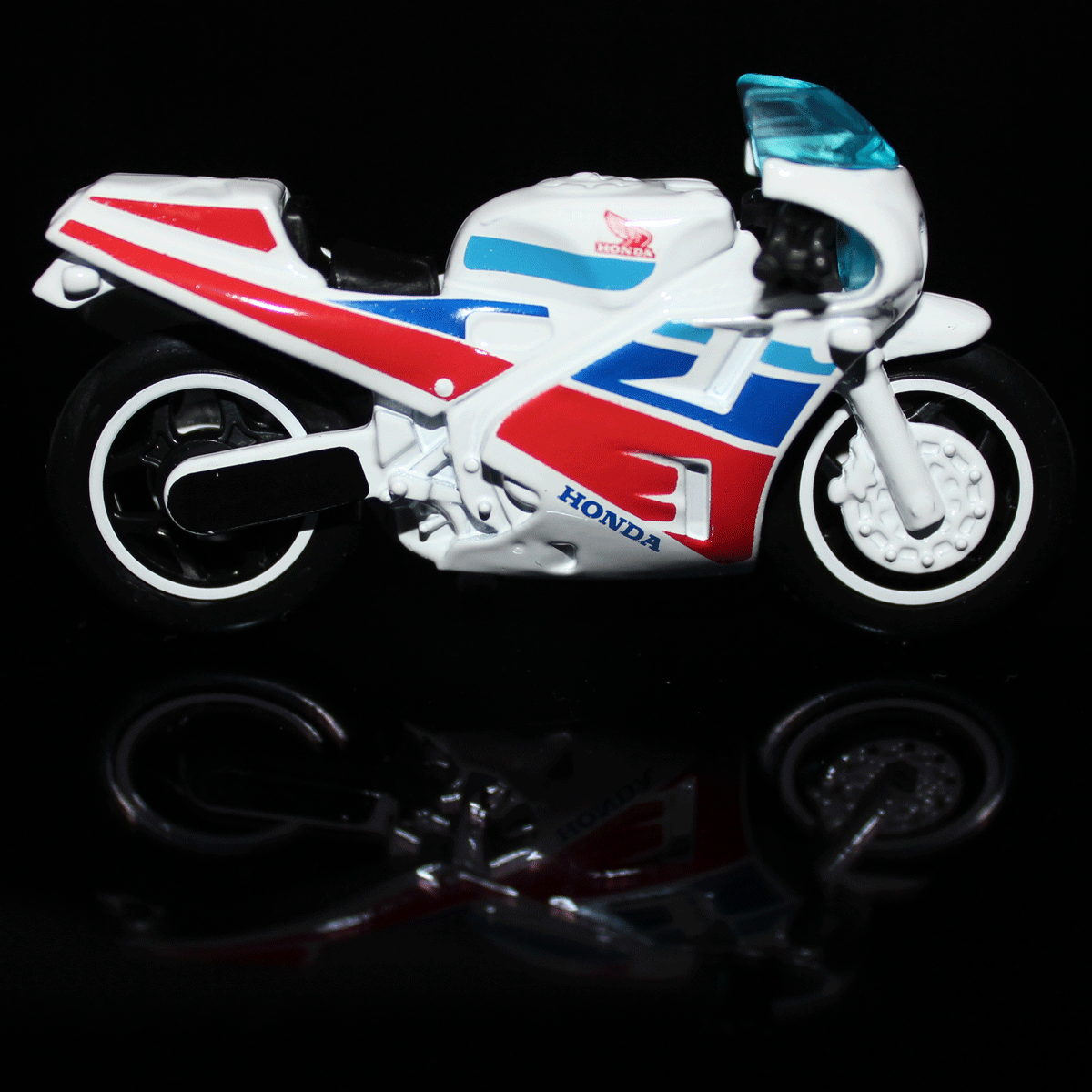
Hot Wheels has recently dropped a striking addition to its 2025 HW Moto lineup: the Honda Motocompo (model #HYW43). Leading the design was Fraser Campbell, a seasoned British toy designer at Mattel. Campbell, who has shaped countless Hot Wheels models since first joining the team in 1998, re‑joined the company in 2021. Hot Wheels’ Honda Motocompo is a must-have for fans of compact scooters, Japanese auto history, and well-crafted die-cast. With Fraser Campbell’s experienced design work bringing nostalgic realism to a playful, collectable form, it’s a standout in the 2025 lineup. If you grew up admiring the Motocompo’s clever engineering—or simply appreciate Miniature marvels—this release is one to watch. For collectors, it’s a compact classic that folds big in presence.
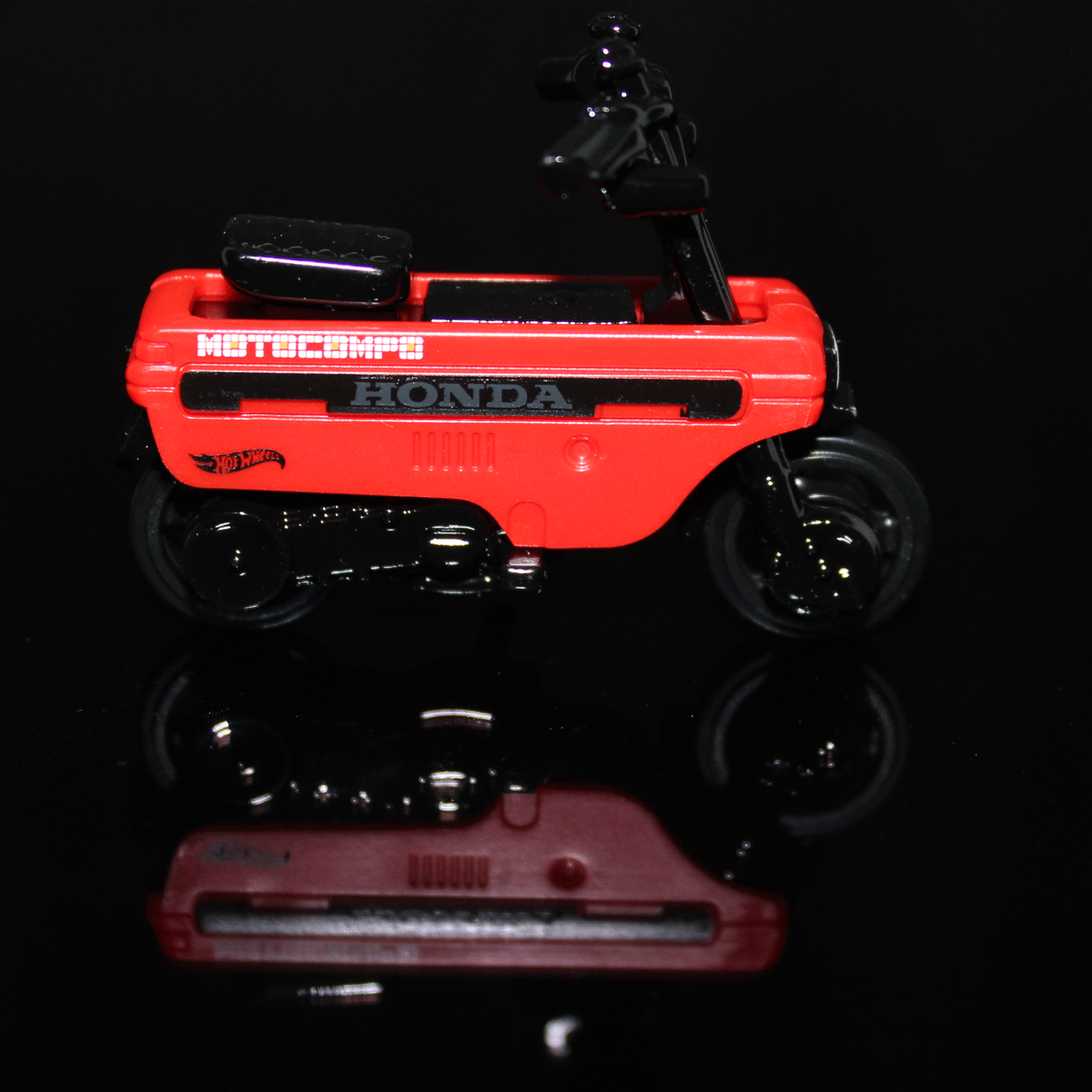
This casting is based on the Tesla Cyberquad which is an all electric ATV designed to complement the Tesla Cybertruck which was unveiled in 2019.
The casting was designed by Mattel industrial designer Shawn Moghadam who previously worked at Tesla as a visual artist.
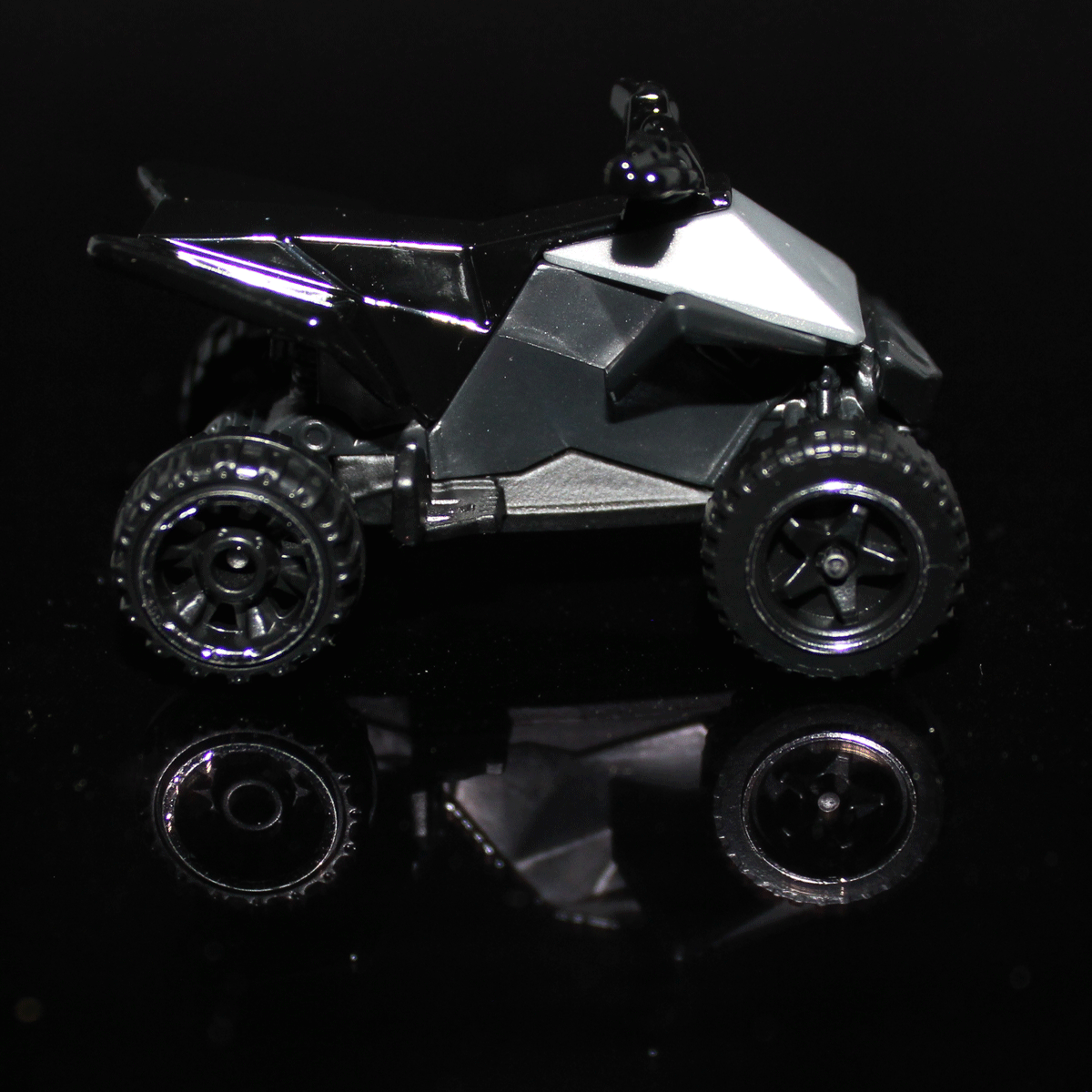
This casting is based on Buddy Elmores Triumph Tiger 100 which he rode to victory at the 1966 Daytona 200. The Dayton 200 is a 200 mile race which takes place annually at the Dayton International Speedway in Florida, USA. After a very difficult practice due to multiple engine problems, Buddy started 46th on the grid. Over the 200 miles Buddy fought back to finish first, an unbelievable achievement.
The casting includes a non-removable rider one is all black and the other one is all white both have the Triumph logo across the back. It comes in two version white/black and metallic blue. Both versions have Buddy Elmores number 79 on the fairing which has a clear windshield. The wheels have silver rims and rubber tyres.
